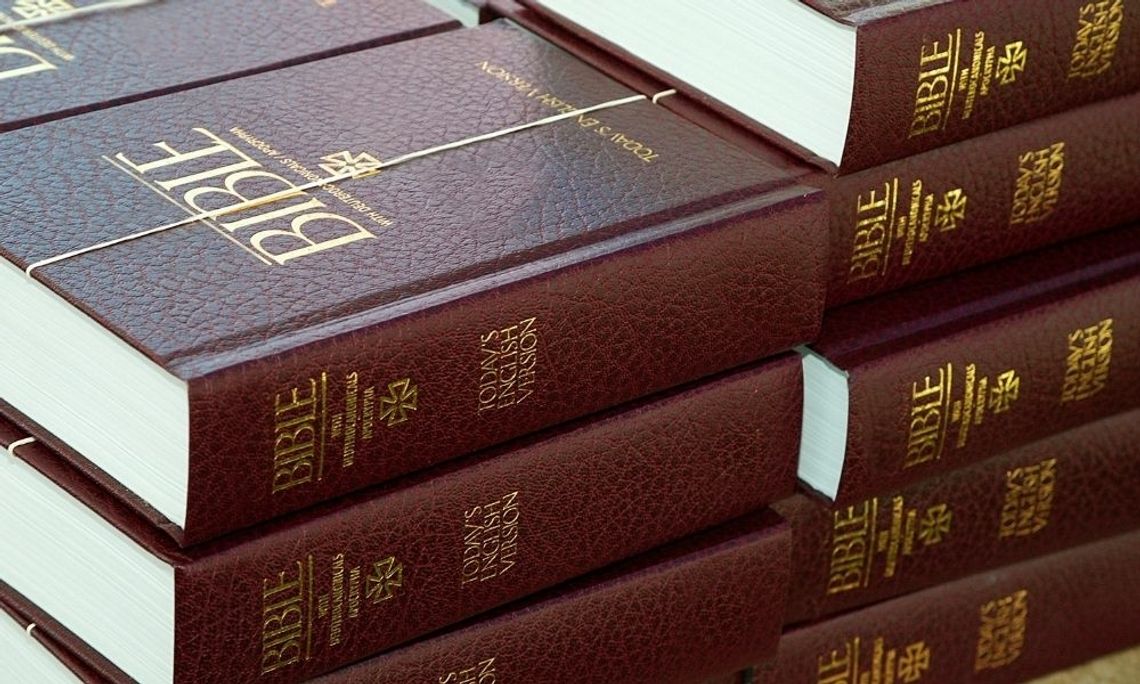Adjectives don't always mean what you think they mean. In the printing world, publishers use words like "large print" and "giant print" to advertise their products as being easy to read. If you struggle to read the small text that is common in most Bibles, understanding the difference between large and giant print Bibles will be vital to improving your reading experience.
How Large Is Large Print?
Unfortunately, there's no industry-wide standard for terms like "large print" in the printing field. Large print usually refers to text that's about 50 percent bigger than the standard font size in most books, although there are some variations.
If a publisher publishes books at 10- to 12-point font, a large print version of the text will likely use 16- to 18-point font. The word "point" here refers to the measurement of the block on which letters are set in traditional printing.
While this doesn't correspond to any specific part of a letter, it does correlate directly with the size of the type. A letter in 20-point font is twice as big as a letter in 10-point font, and a letter in 5-point font is half as big.
How Large Is Giant Print?
So, if that's large print, what's the difference between large and giant print Bibles? Giant print refers to anything that’s noticeably larger than large print. If large print is 16- to 18-point font, giant print is 20 to 25.
Some Bible publishers use much smaller baseline font sizes, however. Biblica uses 8.3-point font for their standard Bibles, so their large print is 10- to 12.25-point, and their giant print is 14 to 16.5.
Why Isn't There a Standard?
As you might imagine, this makes the difference between large and giant print Bibles vary significantly from publisher to publisher. A publisher with small print on their standard Bibles will have a much smaller difference between large and giant print Bibles than a publisher that uses larger print on their standard Bibles.
Even if there's some variation between the text size, there are still plenty of benefits to purchasing a giant print Bible. Having a physical book that's readable by everyone is a big boon, especially in social contexts like Bible study groups or ministries.
If there's any doubt, err on the side of larger text. While the resulting book will be bigger, it'll make it more likely that everyone will be able to read from the Bible.
What Other Options Exist?
Bibles need to include a lot of words, so a smaller text has traditionally been necessary to reduce the physical size of the Bible. However, this is not always the case in today's world. E-readers, tablets, and even smartphones can display written works, including Bibles, at just about any font size the reader wants.
While it can be awkward to charge your Bible, an e-reader with an e-ink display can allow you to adjust the size of the text on the screen to accommodate any reader without inducing eye strain from a backlit screen.
If you’re asking yourself about the difference between large and giant print Bibles, the answer should now be clear. Hopefully, this was of some help to your understanding.


Comment
Comments